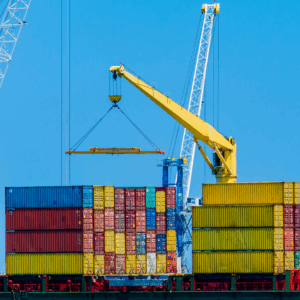
This article explores air & ocean logistics from a specialized lens. Going beyond standard definitions, it delves into the logic behind containerization strategies, the interplay between FCL and LCL transport, the technological shifts led by platforms like ExFreight, and the logistical theory that underpins modern freight distribution. This is not a how-to article. It’s a strategic map for logistics professionals managing international supply chains in increasingly volatile environments.
The Foundation of Ocean Transport Services in Supply Chain Design
Ocean transport is not just a shipping method—it is a critical planning node in supply chain network architecture. Its relevance begins at the design phase of logistics systems, where planners must define not only distribution centers and inventory holding points, but also mode combinations, transit lead times, and shipment consolidation strategies.
The inherent trade-off with ocean freight lies in its cost efficiency versus transit time. While air transport offers speed, ocean transport is superior in terms of volume handling, unit cost reduction, and container flexibility. This makes it the default mode for inventory that is not time-sensitive but must be moved cost-effectively across continents.
Planners must align product velocity profiles with appropriate freight strategies. Low-velocity SKUs, seasonal inventory, and non-perishable industrial components often qualify for FCL (Full Container Load) routes. Meanwhile, LCL (Less-than-Container Load) becomes relevant for smaller lots, market testing, or multisupplier consolidation.
FCL vs LCL: Logistical Logic Behind Container Strategies
Choosing between FCL and LCL is not purely a volumetric decision; it is a logical strategic choice. The FCL model offers more than dedicated space; it grants isolation from external variability. Cargo is packed, sealed, and moved without being handled until clearance at the destination port. This minimizes loss, damage, and administrative complexity. Additionally, floor loading without palletization allows for more efficient cubic meter usage.
In contrast, LCL involves multiple actors—different shippers consolidating in a shared container. This model demands higher coordination: shipments must align in terms of customs documentation, timelines, and handling protocols. Furthermore, LCL containers undergo additional steps at consolidation warehouses—such as segregation, scanning, and final-mile routing—before delivery.
Thus, FCL favors stable, high-volume demand, while LCL suits fragmented demand or when flexibility in warehousing is needed. Neither model is mutually exclusive; advanced logistics networks frequently combine them within modal planning frameworks, depending on inventory criticality and network constraints.
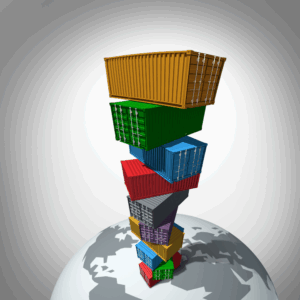
From a logistics distribution perspective, the placement of ocean freight within the overall system is governed by several structural decisions:
- Centralized vs. Decentralized Warehousing: Centralized models benefit from FCL cost efficiencies when goods are shipped to a regional distribution center. Decentralized models, on the other hand, require multi-destination LCL or cross-docking operations post-arrival.
- Push vs. Pull Replenishment: Ocean freight is typically aligned with push systems, where large quantities are dispatched based on forecasted demand. However, with enhanced tracking and digital visibility, ocean shipments can now feed pull systems by synchronizing with actual downstream consumption.
- Inventory Buffering and In-Transit Storage: Containers on the ocean can serve as mobile inventory buffers, especially during port congestion or inland delays. This practice reduces warehousing dependency, but it requires high confidence in the accuracy of transit data.
- Inbound vs. Outbound Optimization: In retail and manufacturing, inbound ocean freight often feeds production inputs or stock centers. Outbound may rely on alternative modes for speed. Integrating these within a common platform ensures consistency and responsiveness to demand.
ExFreight’s tools allow businesses to make these decisions dynamically, based on available space, rate volatility, and inventory positions across multiple channels.
The Digitalization of Ocean Freight: Beyond Simple Booking
The digital revolution in logistics is not about digitizing paperwork—it’s about transforming the decision-making process. Traditional freight forwarding involved long email chains, faxed documents, and fragmented data. Digital freight platforms eliminate these friction points by consolidating every function—quote generation, booking, tracking, customs clearance, and billing—into a single, unified environment.
ExFreight exemplifies this transformation. With API-based architecture, the system directly connects to carrier pricing, customs portals, GPS tracking systems, and user dashboards. This means:
- Quotes are calculated in real time based on cargo density and routes.
- Booking errors (e.g., incorrect dimensions or omitted accessories) are minimized through automated verification.
- Customs paperwork is auto-populated using saved templates and synced directly with import/export databases.
- Clients receive live updates on vessel positioning, customs hold, and delivery ETAs.
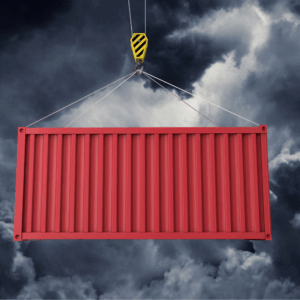
Air & Ocean Logistics: Hybrid Models and Strategic Flexibility
The true power of multimodal logistics is realized when companies can seamlessly shift between air and ocean-based operations in response to market dynamics. This is no longer a manual adjustment but a predictive capability, made possible through synchronized planning.
Consider a fashion brand launching a new collection. The initial shipment may require air freight to meet marketing timelines, while subsequent replenishments can arrive via ocean freight. Similarly, spare parts for a manufacturer may be shipped by air during peak periods and by sea during off-season restocking.
ExFreight’s platform enables logistics planners to run comparative simulations, where, given a shipment’s value, weight, urgency, and carbon footprint, the system recommends the optimal routing based on predefined constraints. The planner can then choose between:
- All-ocean: for the least cost and maximum container use.
- Ocean + Air split: for tiered inventory arrival.
- Ocean + LTL: for multi-DC distribution upon arrival.
These combinatory models reflect a more mature logistics strategy, one that adapts mode selection not just to budget but to demand velocity, service level agreements, and inventory flow profiles.
Limited Access in Freight Operations: Hidden Complexity
Freight logistics rarely operates in a vacuum. Real-world deliveries often target facilities with special requirements, such as military bases, amusement parks, rural construction sites, or hospitals. These locations impose limited access constraints due to security clearance, equipment restrictions, or delivery window mandates.
ExFreight addresses this operational friction by integrating accessorial tagging into the booking process. Shippers select limited access options from a predefined list, ensuring the rate includes any additional costs. This avoids post-shipment billing disputes and ensures that drivers are dispatched with the appropriate documentation and access permissions.
From a logistics planning standpoint, recognizing limited access zones early in the routing process is critical. It impacts not only cost but also carrier selection, equipment type, and delivery timing. Platforms like ExFreight enhance this visibility, embedding operational constraints into the quoting and dispatch algorithms from the outset.
Network Optimization: Distribution Planning through Ocean Freight
Drawing from logistics and distribution theory, ocean freight plays a vital role in network configuration:
- Hub-and-Spoke Models: Ocean ports serve as hubs feeding inland spokes via rail or LTL.
- Cross-Docking Systems: Containers can be broken down at inbound terminals and redirected to multiple destinations, minimizing storage costs.
- Zonal Planning: LCL is particularly effective in zonal systems where multiple consignees share proximity or delivery windows.
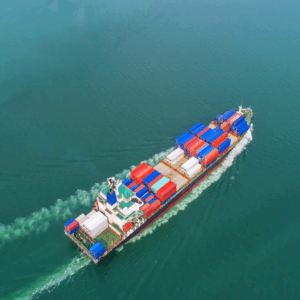
The Logistics Executive’s New Mandate
Ocean freight logistics is no longer a back-office task relegated to clerical staff or outsourced unthinkingly to agents. It is a core capability that determines a firm’s ability to scale globally, respond locally, and deliver predictably.
From this advanced exploration, three strategic imperatives emerge:
- Integrate Mode Planning with Supply Chain Design: Freight Cannot Be an Afterthought. It must inform inventory policy, lead time buffers, and service level targets from day one.
- Digitize Everything, But Strategically: Not All Automation Is Equal. Select platforms that unify quoting, compliance, and real-time monitoring under one roof, like ExFreight’s. This ensures continuity of data and decision logic.
- Treat Freight as a Strategic Variable, Not a Fixed Cost: Pricing shifts, accessorials arise, and disruptions occur. Freight decisions should be flexible, scenario-based, and aligned with broader operational goals.
As supply chains grow more global, fragmented, and dynamic, companies must evolve beyond transactional logistics. The modern freight strategy is data-driven, technology-enabled, and logistics-centered. Ocean shipping may be centuries old, but with platforms like ExFreight, it becomes a future-ready, fully integrated component of strategic supply chain execution.


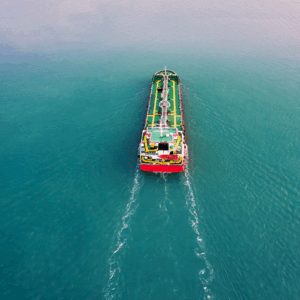
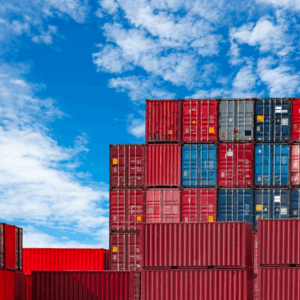
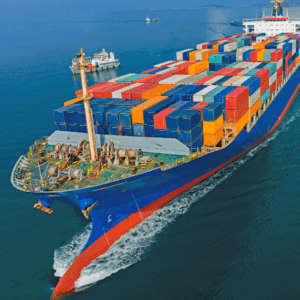

Leave A Comment
You must be logged in to post a comment.